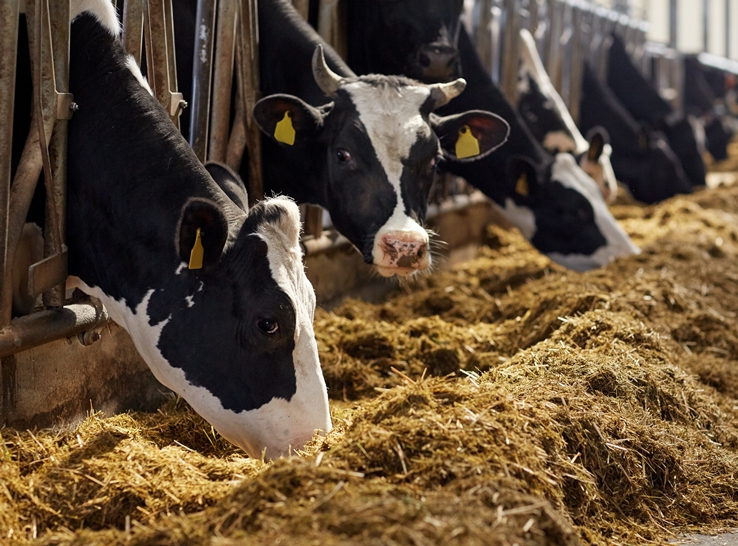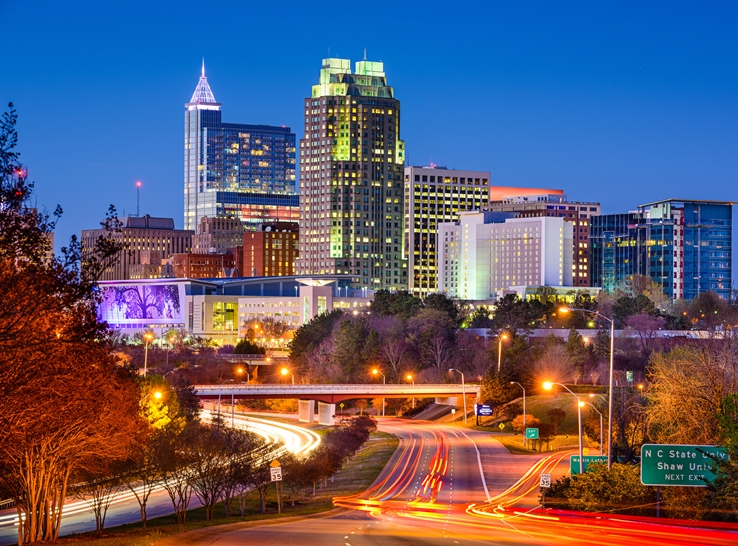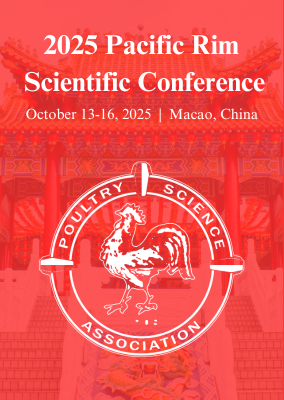The US Environmental Protection Agency (EPA) wants to use updated computerized models to guide regulation of air pollution by animal feeding operations, including broiler chicken farms.
Live-production managers and others are supposed to use these models to determine whether a farm’s emissions exceed established limits for five major air pollutants, which would trigger regulatory permitting.
However, a team of researchers with US-based universities recently conducted an “external review” of the EPA’s draft of these emissions models, which were published in August 2021.
They found that the EPA models “are not appropriate for accurately or reasonably estimating emissions for a realistic range of broiler operations….”
Moreover, the researchers stated, adoption of these models “could have substantial impact on the US broiler industry regarding air-emission management and regulation.”
Understanding emissions estimates
Ultimately, the EPA must open the models for formal public review, comment and modification before they can become administrative rules with the effect of law under the federal Clean Air Act.
Broiler-production facilities emit certain gases and particles that can have potentially negative human and animal health effects as well as environmental consequences. The EPA regulates these emissions on a mass-emitted basis, typically at 100 or 250 US tons per year depending on location.
The EPA’s draft models seek to estimate daily emissions of ammonia (NH3), hydrogen sulfide (H2S), airborne particles of two sizes (PM2.5 & PM10), and total suspended particulates (TSP) from broiler houses. These models use datasets collected during 2005-2007 and apply inputs of daily mean ambient temperature (−40°C to 40°C), relative humidity (RH), and live animal weight (LAW).
In this study, the multi-university research team sought to evaluate the “robustness and practicality” of the draft models, and assess their estimated annual emissions for broiler operations in representative U.S. climates
The researchers computer-coded the models and checked them against example calculations provided in the draft EPA report, noting discrepancies.
They highlighted their use of open-access code libraries, which means others can use their framework as a calculator to make their own assessments of the draft EPA models, even running the developed code for multiple locations with the same input file format as the EPA used.
Flawed samples
Key to the researchers’ evaluation was contrasting the original datasets used for EPA model development with data more representative of US broiler production.
For example, the EPA sourced data from three sites and four broiler houses in California and Kentucky monitored in the National Air Emissions Monitoring Study (NAEMS). However, the EPA did not include data from operations in “broiler belt” states, such as Arkansas, Mississippi, Alabama, Georgia or North Carolina.
So, to better represent the hot-humid and mixed-humid climates across US broiler production, the researchers used Typical Meteorological Year data for San Antonio (TX) Atlanta (GA), and Dover (DE). They also used performance data from multiple commercial broiler genetic lines (Ross 308, Ross 708, Cobb 500, Arbor Acres Plus) in contrast to the EPA model data based on a single line (Cobb).
In addition, the researchers compared EPA model results with previous studies to assess validity and reliability, revealing a lack of corroborating data.
The researchers also pointed out: “It is important to note that over 15 years have passed since the original data were collected, and broiler genetics, nutrition, and management have improved considerably.”
Take-away messages
The scientists concluded:
- Current draft EPA models do not accurately estimate emissions from a realistic range of broiler operations and should be revised
- These models are too complicated for most operations managers or “lay people” to use for their intended purpose of estimating annual emissions
- The models do not provide the appropriate range of input values (LAW, temperature, RH), which can lead to inaccurate extrapolations
- Models should abandon LAW as an input in favor of direct emission factors for different market weight birds
- Of the five air pollutants modelled, only ammonia appears to exceed the EPA 100 US tons per year threshold
What does this study mean for producers?
- Current draft EPA emissions models do not accurately estimate real-world broiler house emissions of potential air pollutants
- If these models emerge from the federal rule making process without significant improvements, they will have “direct and sizable implications” for federal and state regulation of modern commercial broiler production
The full paper, titled “Evaluating draft Environmental Protection Agency emissions models for broiler operations,” can be found in The Journal of Applied Poultry Research and online here.
Editor’s note: Content on Modern Poultry’s Industry Insights pages is provided and/or commissioned by our sponsors, who assume full responsibility for its accuracy and compliance.









